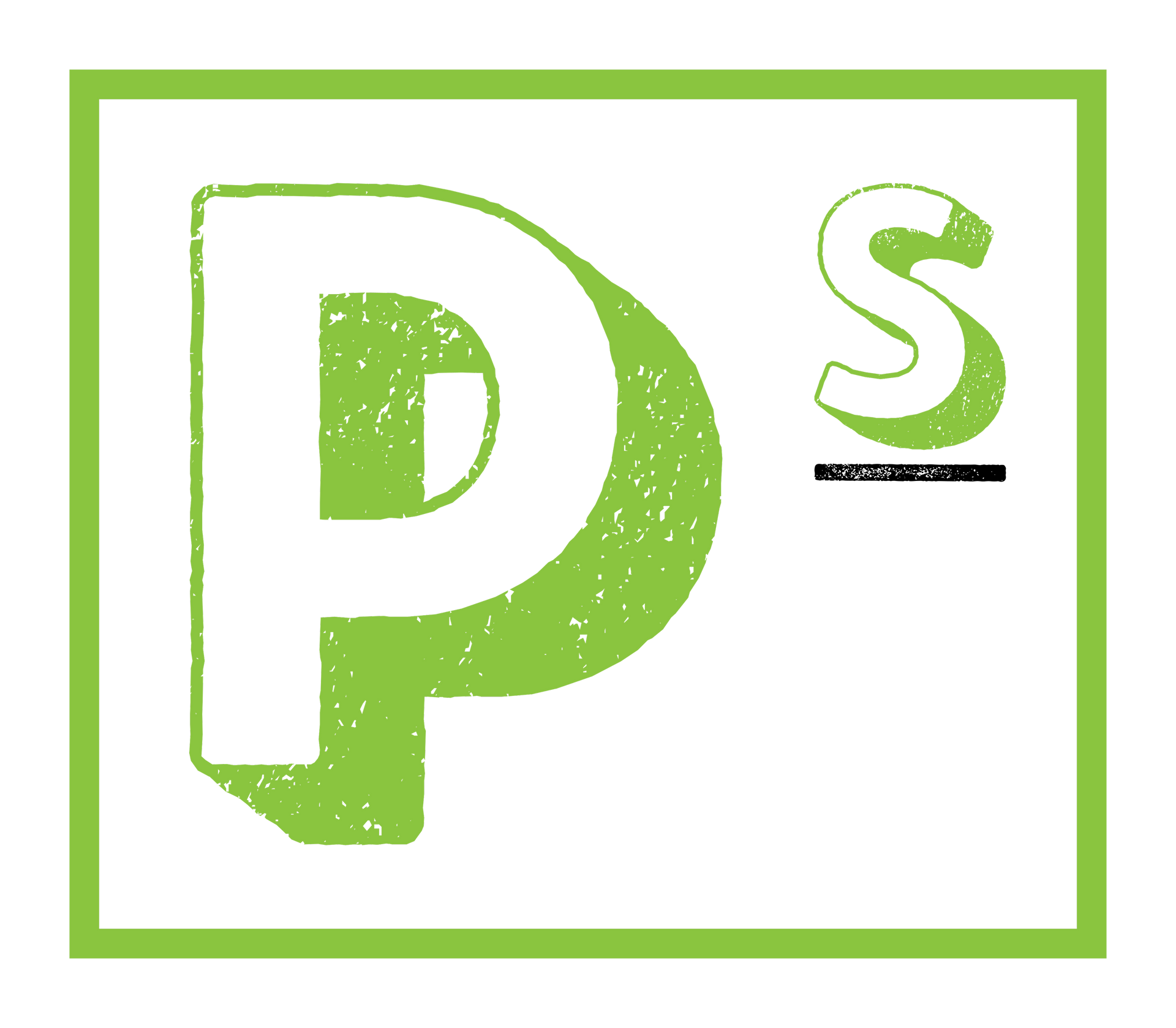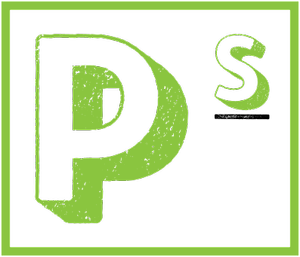Mastering Your Business's Chart of Accounts
A Guide to Financial Wisdom

In the realm of business management, perhaps nothing is as crucial as having a solid grasp of your company's financial infrastructure. At the heart of this infrastructure lies the chart of accounts, a fundamental tool that organizes and categorizes your financial transactions. Yet, despite its importance, many business owners overlook the significance of maintaining a well-structured chart of accounts, unknowingly setting themselves up for financial mismanagement and potential pitfalls. In this article, we delve deep into the essence of the chart of accounts, exploring why it matters and how to wield it wisely to steer your business towards prosperity.
Understanding the Chart of Accounts
Before delving into the intricacies of a chart of accounts, it's essential to grasp its fundamental purpose. Simply put, a chart of accounts is a comprehensive listing of all the accounts in a company's general ledger. These accounts categorize financial transactions, providing a structured framework for organizing and analyzing your business's financial data.
At its core, a chart of accounts typically comprises five main categories:
- Assets: Accounts representing what the business owns, such as cash, inventory, equipment, and accounts receivable.
- Liabilities: Accounts representing what the business owes, including loans, accounts payable, and accrued expenses.
- Equity: Accounts reflecting the owners' stake in the business, encompassing capital contributions, retained earnings, and dividends.
- Income: Accounts detailing revenue generated from the sale of goods or services.
- Expenses: Accounts outlining the costs incurred in running the business, such as utilities, wages, rent, and advertising.
The Pitfalls of Ignorance
Despite its pivotal role, businesses often underestimate the consequences of neglecting their chart of accounts. Here are some common pitfalls that arise from overlooking this critical financial tool:
- Financial Mismanagement: Without a properly structured chart of accounts, businesses risk misclassifying transactions, leading to inaccurate financial reporting and decision-making.
- Compliance Issues: Inadequate chart of accounts can result in regulatory non-compliance, exposing businesses to penalties and legal ramifications.
- Limited Financial Insights: A disorganized chart of accounts hampers the ability to gain meaningful insights into your business's financial health, hindering strategic planning and growth.
- Inefficient Tax Preparation: Come tax season, a poorly maintained chart of accounts can cause headaches for accountants and increase the likelihood of errors in tax filings.
- Difficulty in Scaling: As businesses grow, the absence of a scalable chart of accounts complicates financial management, impeding scalability and expansion efforts.
Strategies for Chart of Accounts Mastery
Now that we've highlighted the risks associated with neglecting your chart of accounts, let's explore strategies for harnessing its power effectively:
- Tailor Accounts to Your Business: Resist the temptation to adopt a one-size-fits-all approach. Customize your chart of accounts to align with your business's unique operations, industry nuances, and reporting requirements.
- Maintain Consistency: Establish clear guidelines for naming conventions, numbering schemes, and account classifications. Consistency fosters clarity and streamlines financial analysis and reporting processes.
- Regular Review and Refinement: Treat your chart of accounts as a dynamic tool that evolves with your business. Conduct periodic reviews to ensure relevance, accuracy, and alignment with changing business needs and industry standards.
- Segregation of Duties: Implement adequate internal controls to prevent fraud and errors. Segregate duties among employees involved in financial transactions to minimize the risk of unauthorized activities and promote accountability.
- Utilize Sub-Accounts and Classes: Leverage sub-accounts and classes to further categorize transactions and enhance reporting capabilities. This granularity provides deeper insights into specific aspects of your business's operations and financial performance.
- Embrace Technology: Capitalize on accounting software and automation tools to streamline chart of accounts management. Modern accounting platforms offer features such as predefined templates, integration with other systems, and real-time reporting, enhancing efficiency and accuracy.
- Seek Professional Guidance: When in doubt, don't hesitate to seek guidance from financial professionals or consultants. Their expertise can help you optimize your chart of accounts, navigate complex accounting standards, and implement best practices tailored to your business.
In the dynamic landscape of business management, mastering your chart of accounts is akin to wielding a compass in uncharted waters—it guides you towards financial clarity, compliance, and success. By investing time and effort into structuring and maintaining a robust chart of accounts, you empower your business to make informed decisions, mitigate risks, and seize opportunities for growth. Remember, the path to financial wisdom begins with acknowledging the importance of your chart of accounts and committing to its mastery.



